
Why is it important to warm up before an exercise ?

It's important to warm up before exercising for a number of reasons. It entails engaging in activities of a light to moderate intensity before to more physically demanding ones.
The following are some justifications for why warming up is essential:
Light motions during the warm-up promote the creation of synovial fluid in the joints, lubricating them. By acting as a lubricant, this fluid improves joint mobility by lowering friction between joint surfaces.
Injury Prevention, One of the main advantages of warming up is that it helps to keep injuries at bay. You can lower the chance of unexpected stress on unprepared muscles and joints, which can result in strains, sprains, or other injuries, by gradually increasing the intensity of your workout.
Warming up before exercise can aid with psychological benefits by lowering emotions of anxiety or anxiousness. You might feel more assured and ready for the workout as your body gradually becomes used to the physical demands.
Warming up before exercise is crucial for psyche and physical preparation, injury avoidance, and performance enhancement.
It creates the conditions for a safer, more effective, and pleasurable workout. Warming up should be a crucial element of your fitness program, regardless of whether you're doing aerobic exercises, strength training, or any other type of activity.
Warm-Up Depending on the length and intensity of your main exercise session, aim for a warm-up that lasts between 5 and 10 minutes. Lighter exercises could benefit from shorter warm-ups, while harder routines might call for longer warm-ups.
Make sure you are properly hydrated before beginning your warm-up. Your performance may suffer, and you run a higher chance of getting hurt.
Weather considerations: Spend a little extra time warming up in cooler conditions to make sure your muscles are sufficiently ready for physical exercise. Injury risk is higher for muscles that are cold.
Use the warm-up to focus your mind and get ready for your workout. To increase your confidence and motivation, picture yourself succeeding and attaining your objectives.
Keep in mind that your warm-up shouldn't drain you; it should enhance it. Your heart rate should progressively rise, blood flow should increase, and your body should get ready for the trials that lie ahead.
Consider performing some cool-down exercises after your workout, such as static stretching, to assist your body in gradually transitioning to a resting state and lessen post-exercise muscle soreness.
Any fitness plan must start with a warm-up. In addition to preventing injuries, it improves performance and the whole exercise experience. You'll be putting yourself in the best possible position to succeed in your fitness quest if you make warm-up exercises a daily habit.
Exercises for the heart (such as cycling, running, etc.)
Exercises for Flexibility and Mobility
Get on your hands and knees, arch your back like a cat, then lower it like a cow, repeating the motion. This is known as the cat-cow stretch.
Hip Circles: While standing with your feet shoulder-width apart, move your hips in both clockwise and counterclockwise circular motions. To extend your shoulders, cross one arm over your chest and keep it there while moving the other arm.
Calf Raises: To stretch and warm up your calf muscles, stand on the balls of your feet and elevate your heels before bringing them back down.
Sports-Related Drills
Don't forget to adjust your warm-up to the exact exercises you'll be performing in your primary workout session. If you're not sure which warm-up activities to do, think considering working with a personal trainer or fitness expert to design a plan that is tailored to your needs and degree of fitness.
You can reduce the chance of injuries, enhance your performance, and get the most out of your workout sessions by taking the time to warm up properly. So, incorporate warming up into your training program on a regular basis and profit from the improvements it makes to your overall fitness goals!
Progressive Warm-Up
If your main workout consists of several different exercises (such as cardio and strength training), you may want to include a progressive warm-up. Start with movements that simulate the first portion of your workout, then gradually switch to those that simulate the second. This will make it easier for your body to adapt to the various demands of your workout.
Modify for Particular Situations, You might need to modify your warm-up depending on the surroundings or the state of your body. You might not need to warm up as much in warm weather, or you might want to spend more time warming up your muscles in cold weather. Additionally, talk to a healthcare provider about modifying your warm-up regimen if you're recovering from an illness or accident.
Wear appropriate warm-up attire so that your muscles and body temperature can rise pleasantly. Wear lightweight clothes because you'll start to sweat during the warm-up.
Always keep in mind that a warm-up is an individual process, and what suits one person may not suit another. Try out various approaches and activities to find a warm-up regimen that feels comfortable for you.
Don't forget that warming up is just as crucial as cooling down after your primary workout. To gradually return your heart rate and muscles to a calm condition, combine some light static stretching with deep breathing exercises.
You'll increase your performance, lower your chance of injury, and assure a more pleasurable and productive training experience by incorporating warm-up and cool-down exercises into your workouts.
There is no one-size-fits-all method of warming up. Adapt your warm-up regimen to your unique requirements, level of fitness, and the workout you'll be doing. Consider speaking with a fitness expert or healthcare provider if you're new to exercise or have special health problems to make sure your warm-up program is secure and efficient.
Be kind to yourself and give yourself time to try new things. As you acquire expertise, you'll learn the warm-up tactics that suit you the best, enhancing your performance, lowering your chance of injury, and helping you maintain a fulfilling and long-lasting fitness journey.


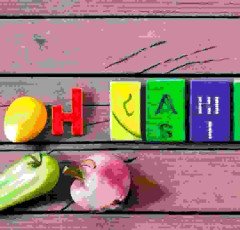







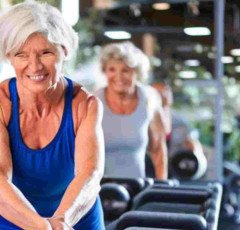
















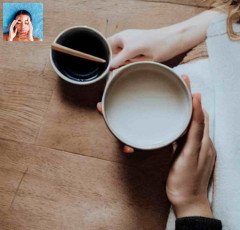





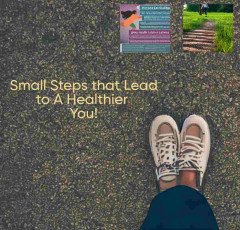














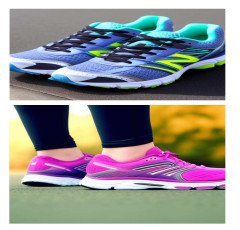
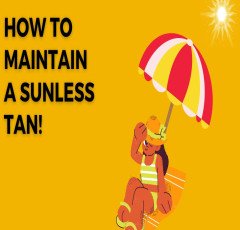





































 Prime Video
Prime Video  Kitchen Daily Use
Kitchen Daily Use  Apple iPhone
Apple iPhone  1150+Trendy kids coloring pages Bundle
1150+Trendy kids coloring pages Bundle  Door Handle Collection
Door Handle Collection  The Secret Email System
The Secret Email System  Smart Watches
Smart Watches  Kitchen Tap
Kitchen Tap  Hanging Lights For Living Room
Hanging Lights For Living Room  Samsung Mobile
Samsung Mobile  Sennheiser
Sennheiser  SOFAS
SOFAS  Unreal Engine 5 For Beginners Learn The Basics Of Virtual Production
Unreal Engine 5 For Beginners Learn The Basics Of Virtual Production  Adidas Shoes
Adidas Shoes  Rakhi
Rakhi  Stylish Sneakers by Red Tape
Stylish Sneakers by Red Tape  Dell Laptop
Dell Laptop  Acer Laptop
Acer Laptop  One World Collection
One World Collection  NordLocker
NordLocker  Graphics & Design
Graphics & Design  Pet Care Products
Pet Care Products  Amazon Best Selling Products
Amazon Best Selling Products  Duke T Shirts
Duke T Shirts  Best Robotic Vacuum Cleaners
Best Robotic Vacuum Cleaners  Smart Doorbell
Smart Doorbell  Best Phone
Best Phone  All Wireless Products
All Wireless Products  Men Clothing
Men Clothing  Creative Brief For Video Shoot
Creative Brief For Video Shoot  Unlimited access to classes on illustration, photography, design, film, music
Unlimited access to classes on illustration, photography, design, film, music  Motion Sensor Light
Motion Sensor Light  Top Rated From Amazon
Top Rated From Amazon  The Click Engine
The Click Engine  Wireless Bluetooth Earphones
Wireless Bluetooth Earphones  Best Selling Books
Best Selling Books  4k Projector For Home
4k Projector For Home  Wall Lamp
Wall Lamp  ELECTRONIC ACCESSORIES
ELECTRONIC ACCESSORIES  HP Laptop
HP Laptop  Online Technology Classes
Online Technology Classes  Best Home Appliances
Best Home Appliances  SEO Checklist
SEO Checklist  Online Marketing
Online Marketing  Wristbands
Wristbands  iPhone cable
iPhone cable  Realme Smart Phone
Realme Smart Phone  Hot Bags For Pain Relief
Hot Bags For Pain Relief  TitTok Revolution
TitTok Revolution  RPM 3.0
RPM 3.0  LCD Writing Tablet
LCD Writing Tablet  Air Purifier for Home
Air Purifier for Home  Best Sellers On Amazon
Best Sellers On Amazon  NordPass
NordPass  Favorite Company (Cuelinks)
Favorite Company (Cuelinks)  Artificial Intelligence
Artificial Intelligence  Only For The United States
Only For The United States  Crocs
Crocs  Dual USB Car Charger
Dual USB Car Charger  Echo Dot - Smart speaker with Alexa
Echo Dot - Smart speaker with Alexa  Puma (Clothing & Accessories)
Puma (Clothing & Accessories)  Essentials for Gamers
Essentials for Gamers  Home Decor Items
Home Decor Items 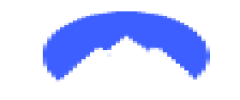 NordVPN
NordVPN  ASPINAL LONDON
ASPINAL LONDON  Digital Voice Recorder
Digital Voice Recorder  Hello Theme
Hello Theme  Bathroom Mirrors
Bathroom Mirrors  Women Fashion
Women Fashion  Healthy Ingredients
Healthy Ingredients  Wireless Gaming Mouse
Wireless Gaming Mouse  ASUS Laptop
ASUS Laptop  BEST SELLER TOP10
BEST SELLER TOP10 


















